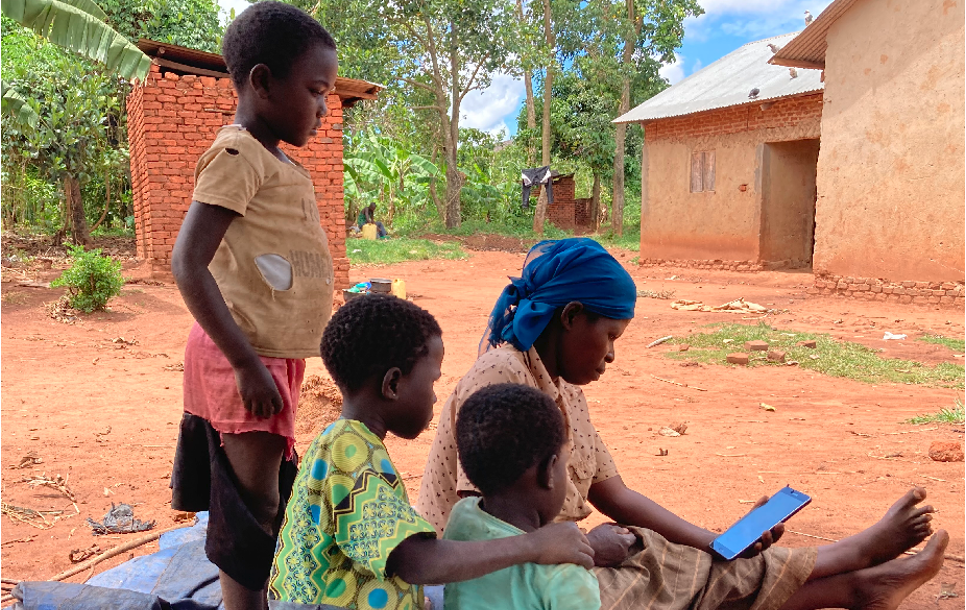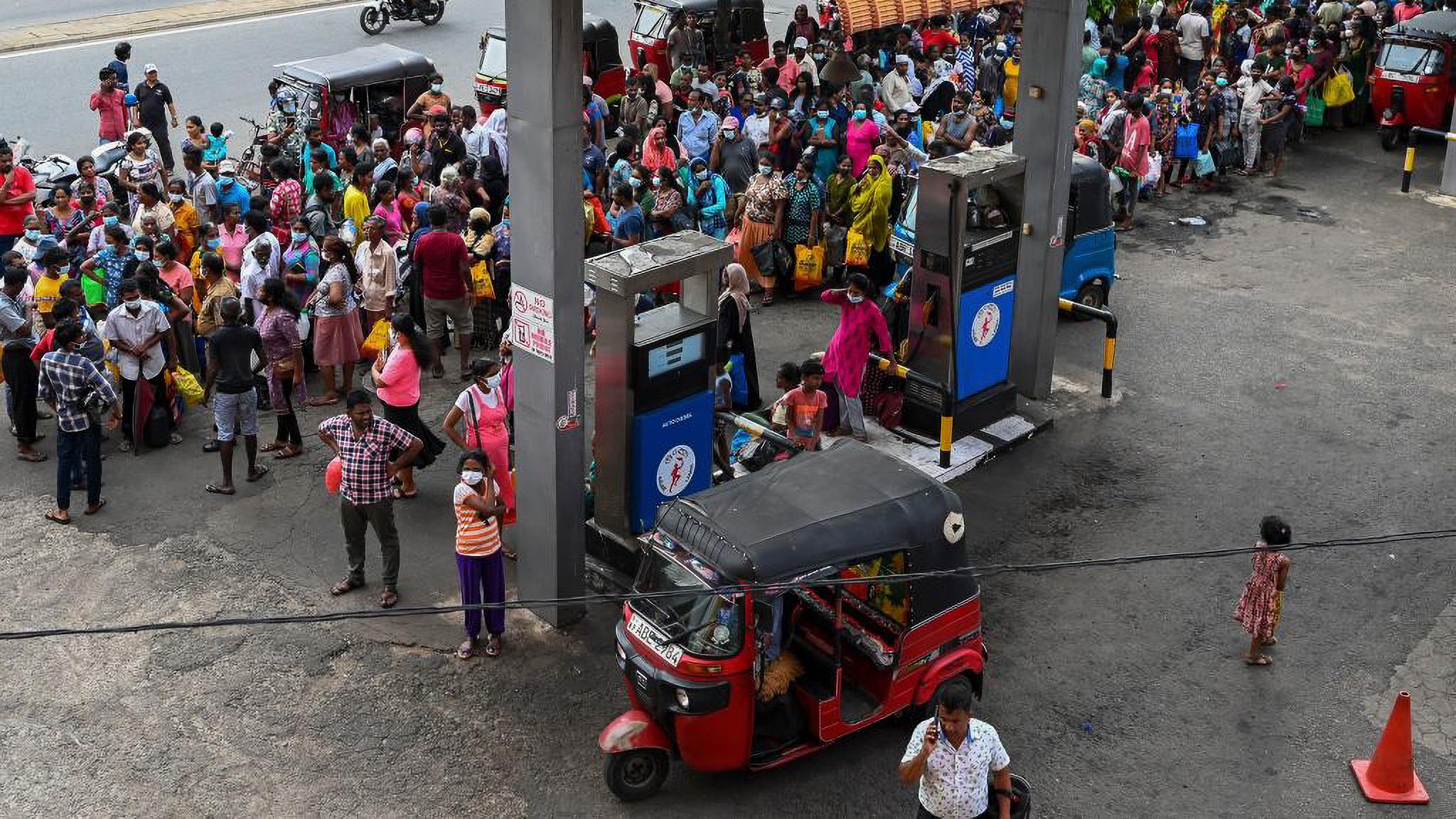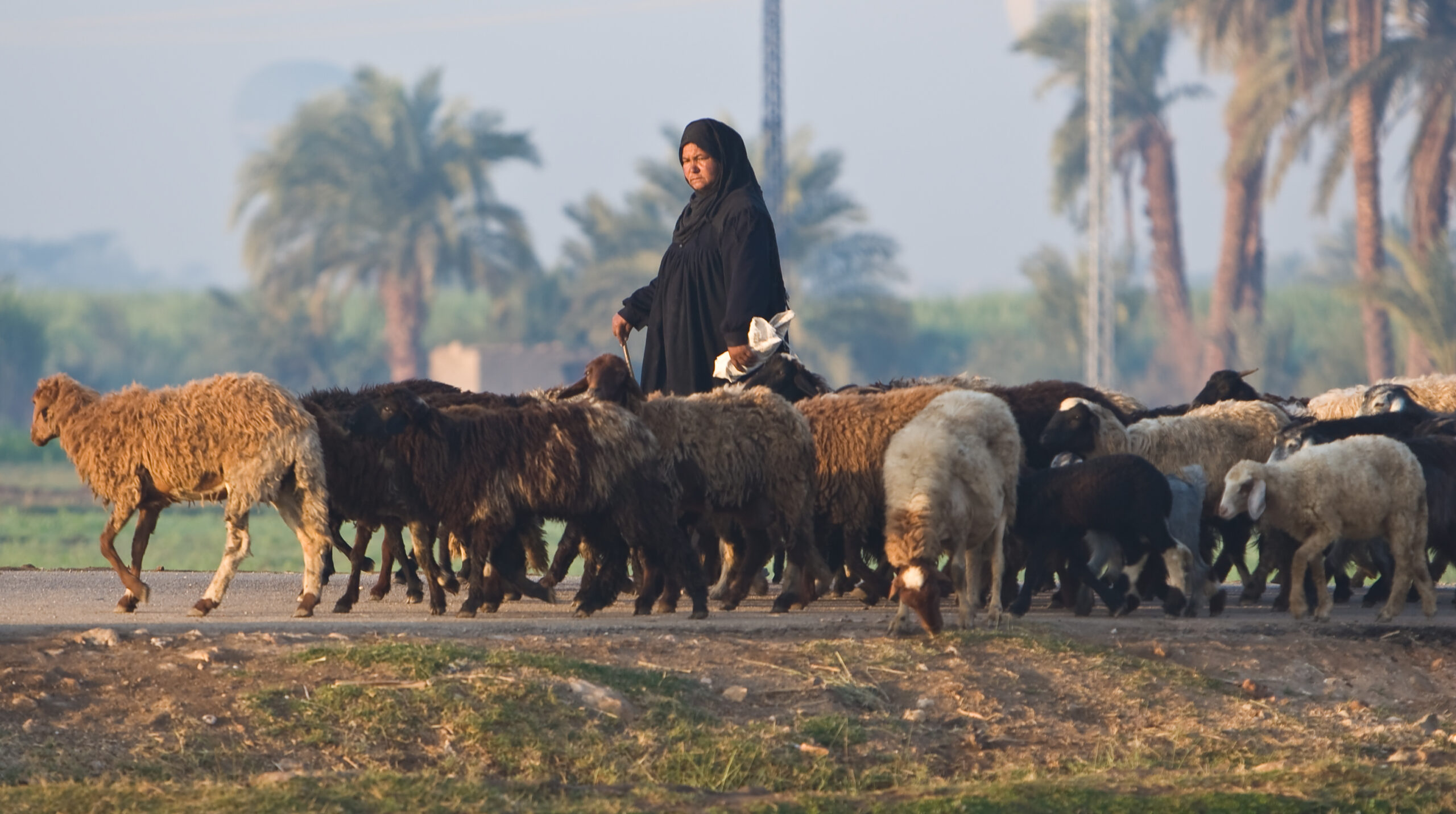Over the next few decades, farmers in sub-Saharan Africa will need to produce more food on less land and under increasingly difficult climatic conditions. The use of climate-smart agricultural practices and improved technologies such as higher-yielding and drought-tolerant crop varieties are thought to be at least part of the solution. Unfortunately, concerns are rising that the use of improved inputs and technologies across the region now seems to be stagnating—or at least advancing at a slower pace than required.
Many farmers do not adopt new technologies and inputs for a variety of reasons. For example, the technology may not be suitable to their situation, its cost may be too high, return too low, or risk too high. Or there may be an institutional constraint at play: If the land is not owned but rented, there is little incentive to change practices. Or maybe informational constraints are the issue, and farmers simply do not have clear and adequate information on how to use the technology or input. Or maybe there is a problem with the quality of the technology or input—perhaps farmers cannot discern quality and are unable to distinguish between poor quality and good quality technologies.
Over the years, both policy and practice have assumed that barriers to adoption can be overcome with the right interventions, and that farmers would graduate to a state of sustained adoption once cost, return, and these other issues were addressed. Clearly, this is not an accurate reflection of reality: We often observe farmers adopting new technologies and inputs as a result of an intervention, only to revert back to technologies they have been using for decades after trying out a new technology once or twice.
To explain this transitional behavior, we tested a hypothesis (outlined in a recent discussion paper) derived from decades of research experience with maize farmers in eastern Uganda. We have often observed—both qualitatively and quantitatively—that farmers seem to have inflated expectations about improved varieties and hybrids, viewing them as “miracle seeds” that do not require complementary investment in other inputs and practices to realize their benefits. This is understandable: Such seeds are often much more expensive than the home-saved local seed that they normally use. Further, when agro-input dealers sell improved varieties and hybrids, they often emphasize beneficial traits like high yields, resistance to pests, or tolerance to drought. This sometimes induces a perverse response in farmer practice: Farmers might reduce the use of complementary inputs, thinking that the variety will compensate. Thus, they might apply less inorganic fertilizer if they believe the variety is high-yielding, use less pesticide if they believe the variety is pest-resistant, or even put less time into weeding, watering, and management of the crop. However, inconsistent with what many farmers believe, these improved varieties often require the same—if not more—complementary inputs and efforts.
The result? At harvest time, farmers are often disappointed when their yields appear to be lower than expected. If farmers attribute the disappointing outcome to the variety itself—rather than blaming it on a lack of complementary inputs and effort—then they may be more likely to disadopt the variety in the future.
We tested this hypothesis using a short, engaging video on best practices and input recommendations in maize cultivation. The video was shown to a random subset of farmers from our sample. Another subset of farmers watched a slightly different version of the video that gave a more explicit message about the importance of complementary recommended practices and inputs when improved varieties are used—that these are not “miracle seeds” per se. The videos were shown to almost 3,500 maize farmers in eastern Uganda before the planting season, the time when farmers stock up on seed.
We revisited the farmers after the harvest to examine behavioral differences between these two groups. We found that farmers who were warned that improved varieties are not miracle seeds were less likely to use improved varieties in the next season. They appeared to switch back to their original, farmer-saved varieties. We also found that the yields they reported were more in line with their own expectations, that is, they had formed more realistic expectations about yield potential based on the messaging in the video. We interpret these results as indications that farmers indeed considered improved maize seed varieties as “miracle seeds.”
Our study has potentially important implications for policymakers, extension agents, agro-dealers, and private seed and agro-input companies. When designing programs to accelerate varietal adoption and turnover, public and private actors may need to highlight the complementarity of modern technologies and practices more emphatically and promote new technologies as highly site- and context-specific combinations of inputs and efforts instead of marketing single “miracle seeds.” If not, the impacts of their interventions may risk being short-lived. More effort may be needed in designing packages that encompass the full suite of technologies, inputs, and practices, or even more sophisticated socio-technical bundles that bring financial services into the mix. This is a far cry from the thinking behind the state-subsidized starter/trial pack approach currently favored by many agricultural extension programs.
Taking our findings one step further, imagine what might happen in the opposite situation, where farmers believed that the quality of the technology or input was poor—a curse rather than a miracle. False or inaccurate perceptions about poor quality could end up discouraging more reliable providers from entering the market, effectively crowding out high-quality seed and making low-quality seed more prevalent. This further suggests the need for a much more sophisticated approach to designing packages and bundles—and to closely monitoring quality in input markets themselves—for the benefit of smallholder farmers.
Caroline Miehe is a PhD Student at LICOS, KU Leuven, Belgium; Leocardia Nabwire is a Research Analyst with IFPRI’s Innovation Policy and Scaling Unit, Kampala, Uganda; Robert Sparrow is an Associate Professor at the Development Economics Group, Wageningen University and Research, Wageningen, the Netherlands and the International Institute of Social Studies, Erasmus University Rotterdam, the Netherlands; David Spielman is Director of IFPRI’s Innovation Policy and Scaling Unit; Bjorn Van Campenhout is a Research Fellow in the Innovation Policy and Scaling Unit, Leuven, Belgium and an Associate Researcher at LICOS, KU Leuven, Belgium. This post is based on research that is not yet peer-reviewed.
Referenced Paper:
Miehe, Caroline; Van Campenhout, Bjorn; Nabwire, Leocardia; Sparrow, Robert; and Spielman, David J. 2023. Miracle seeds: Biased expectations, complementary input use, and the dynamics of smallholder technology adoption. IFPRI Discussion Paper 2183. Washington, DC: International Food Policy Research Institute (IFPRI). https://doi.org/10.2499/p15738coll2.136700
This research was partly funded by the IFPRI-led CGIAR Research Program on Policies, Institutions, and Markets (PIM), and carried out with support from CGIAR Fund contributors. The authors also acknowledge financial support from the Netherlands CGIAR research program on Seed Systems Development, funded by the Netherlands Organisation for Scientific Research (NWO-WOTRO). The authors also gratefully acknowledge financial support from two new CGIAR Research Initiatives, Market Intelligence and Seed Equal.







